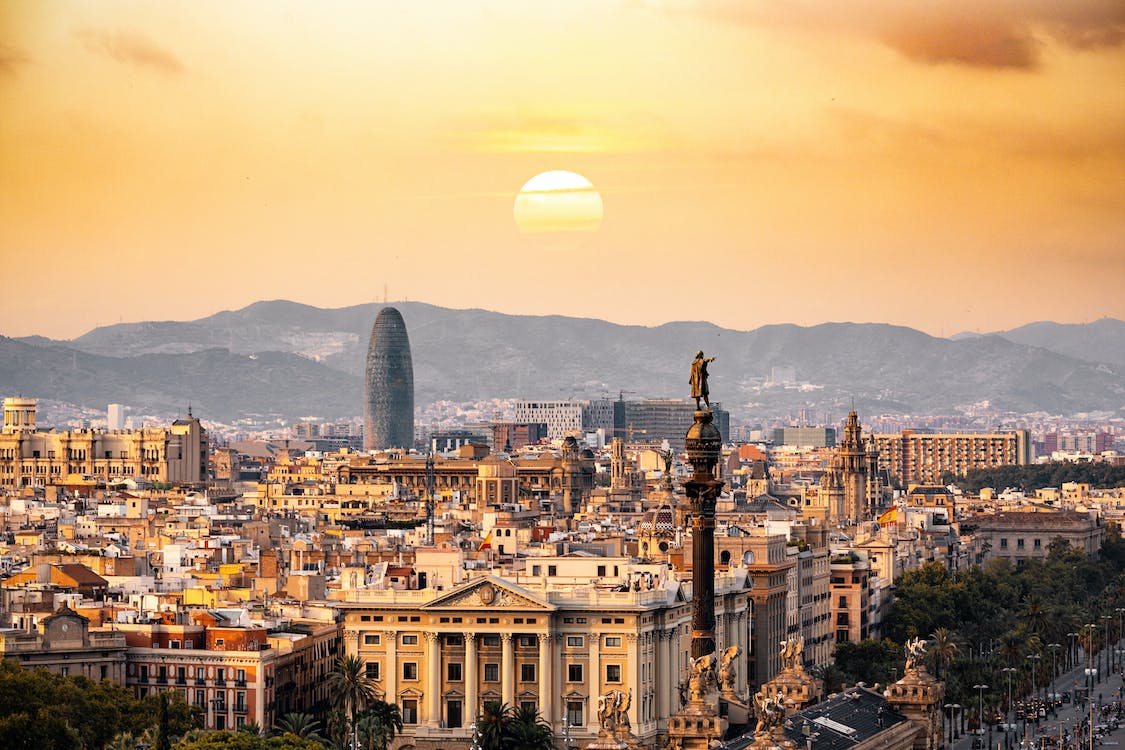Spain, a country in Europe’s the Iberian Peninsula, incorporates 17 independent districts with different geology and societies. The capital city Madrid is home to the Royal Palace and Prado exhibition hall, lodging works by European bosses. Spain is renowned for its nice culture, flavourful food, and dazzling landscape. Significant urban areas like Barcelona, Valencia, and Madrid all deal with extraordinary practices, dialects, and must-see locales! Energetic celebrations, for example, La Fallas and La Tomatina draw enormous hordes of the two local people and vacationers.
The Great Mosque of Cordoba (Mezquita)
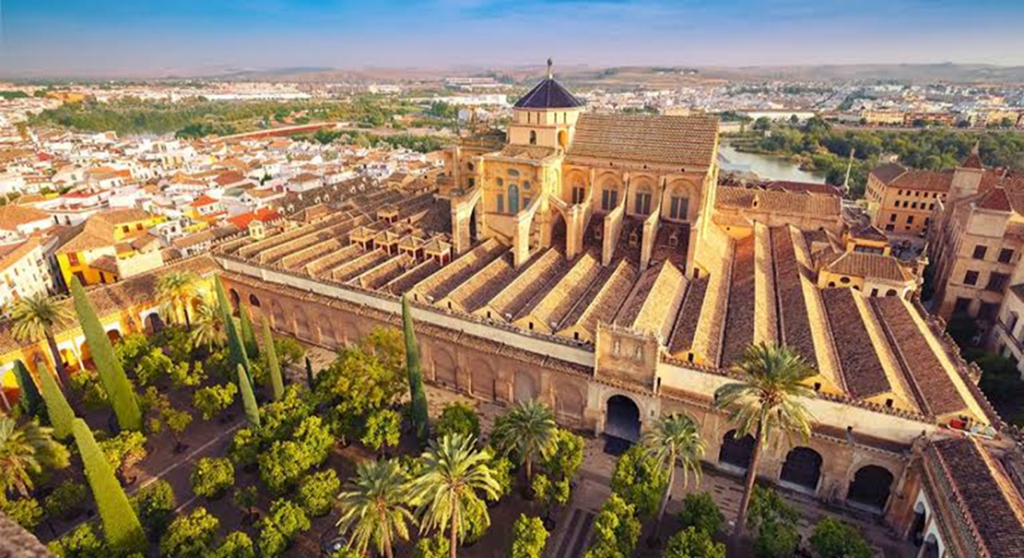
When the central mosque of western Islam and still known as the Mezquita, Cordoba’s mosque is one of the biggest on the planet and the best accomplishment of Moorish engineering in Spain. Disregarding later adjustments that cut out its middle to assemble a Catholic church at its heart, the Great Mosque positions with the Alhambra in Granada as one of the two most impressive instances of Islamic craftsmanship and engineering in Western Europe.
Building materials from Roman and Visigothic structures were utilized in the development, which started in 785, and by 1000, it had developed to its current aspects, its petition lobby with no less than nineteen passageways. Regardless of where you stand or which bearing you look, its lines of sections and adjusted Moorish curves line up in balanced examples.
Restricted, winding roads; little squares; and low whitewashed houses with wonderful decks noticeable from the road fill the old Juderia around the mosque, a Moorish climate acquired from its past.
Guggenheim Museum, Bilbao
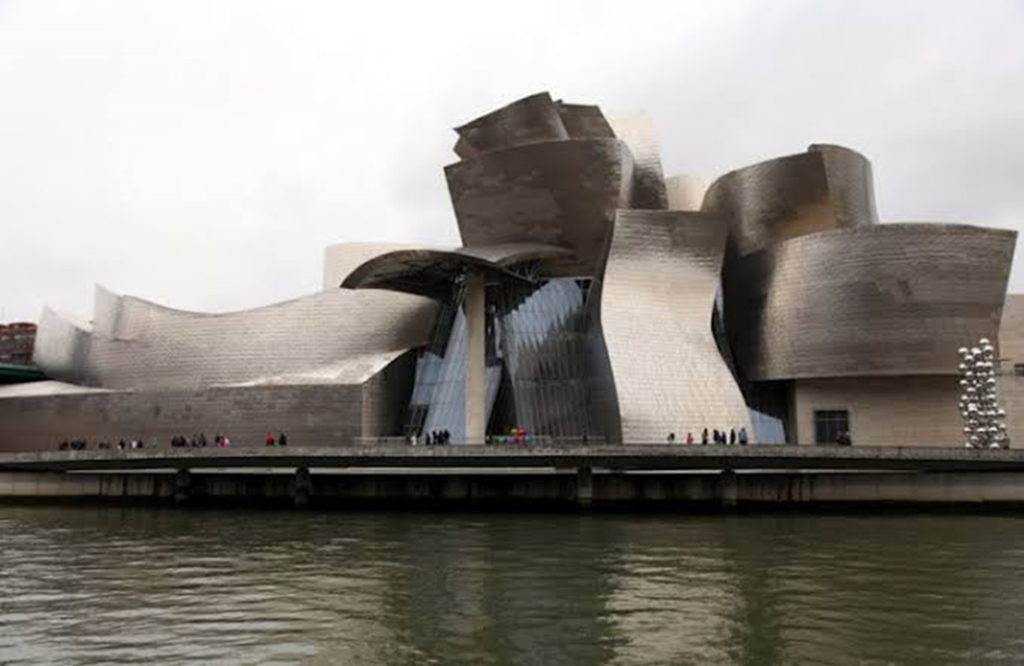
You truly need to see this structure to accept it no photo has at any point done equity to this ensemble of shapes, so alive that they appear to be prepared to take wing. Frank Gehry utilized squares of limestone and undulating sheets of titanium to disrupt the idea of present-day engineering.
So completely did he succeed that two new terms were brought into the world from it: “The Bilbao Effect” the capacity of a city to turn its fortunes around by developing a solitary a-list building and “architourism,” an entire section of the movement business spinning around milestones of contemporary engineering. Inside the gallery are voyaging shows and turning presentations of its own assortments of current workmanship.
Santiago de Compostela Cathedral
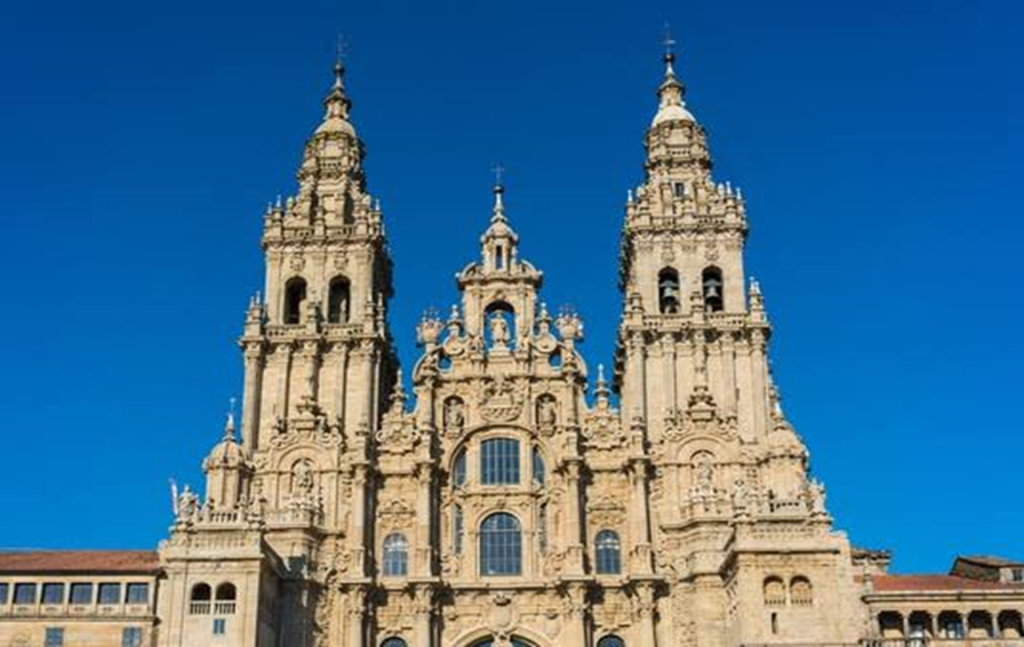
The grand basilica of Santiago (St. James) was worked to house and respect the relics of the holy person, and it has been the objective of pioneers since the Middle Ages, the summit of their finishing the popular Camino de Santiago.
You’ll see both of these periods at play as you enter the west front, through one of Spain’s most great church veneers. Step inside to confront the Portico de la Gloria, a piece of the old west front currently disguised by the eighteenth-century exterior. This triple entryway is one of the biggest and most superb assortments of Romanesque figures on the planet.
The point of convergence of the inside is the extravagantly finished Capilla Mayor, who worked over the Apostle’s burial chamber. In the focal point of the great special raised area of jasper, alabaster, and silver is a thirteenth-century wooden figure of the Apostle, luxuriously enhanced in valuable metals and diamonds.
On one of the other sides, slender flights of stairs lead up behind the figure with the goal that explorers can kiss the Apostle’s shroud finishing their journey. In a tomb under the special raised area, the Apostle’s remaining parts are in a silver coffin.
Merida
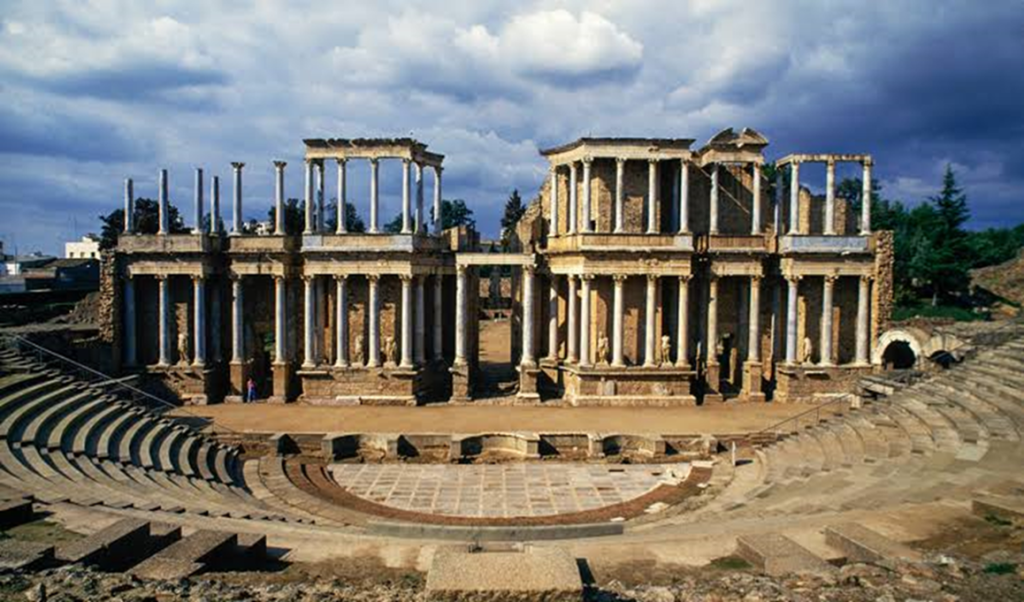
Merida brags some of the most amazing, broad, and very much saved vestiges in the entire of Spain. Presently the capital of the independent local area of Extremadura, the city lies in the western-focal piece of the Iberian Peninsula, with the Guadiana and Albarregas waterways going through it.
As it brags very nearly 2,000 years history, old verifiable sights and archeological vestiges are found any place you go. Of these, the heavenly old Roman Theatre is an absolute necessity visit; it actually holds flamenco shows and theatre exhibitions right up ’til today.
Other than this, there are the brilliant remaining parts of a Moorish post, just as a strikingly very much protected extension, water channel, and hippodrome which were all worked by the Romans. Also, there are some exquisite Baroque and Gothic houses of worship spread in and out of town, just as fascinating and educational galleries exhibiting the city’s rich history.
Cuenca
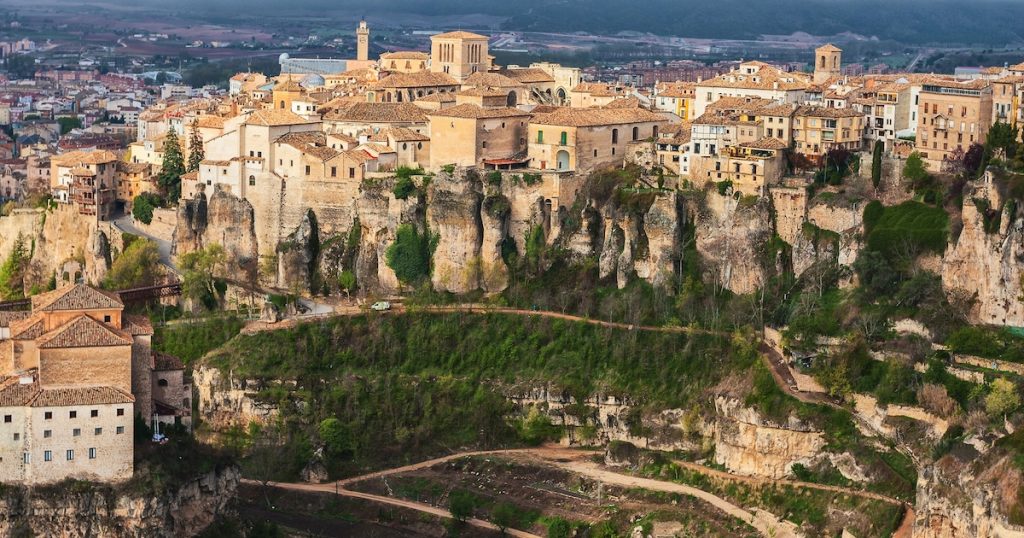
One of the most famous urban communities to visit in the Castilla La Mancha locale of Spain, Cuenca is situated in a dubious situation where two profound waterway gorges meet. Its essential setting saw it battled about, vanquished, and governed by both the Muslims and Christians, with Napoleon himself making some meaningful difference in the mid-1800s.
This makes it entrancing to investigate; bunches of exceptionally old houses of worship, a church, and a palace can be viewed as stowed away among the wandering roads of its middle age-old town. While its delightful structures are painted in warm tones, clear tones and challenging plans coat the dividers of its various present-day craftsmanship displays and exhibition halls.
The enchanting city is especially noted for its Casas colgadas or hanging houses which are worked over the side of the clifftop whereupon Cuenca is roosted. Other than being incredible accomplishments of designing, these dumbfounding structures make for some awesome photographs and are best seen from the extension of San Pablo.

